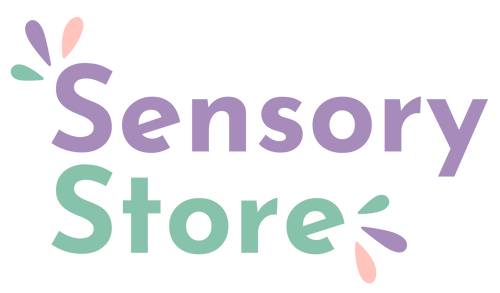From the very first gaze between parent and baby, eye contact becomes one of the most powerful tools in early connection and development. It might seem like a small gesture—but in the early months of life, eye contact plays a huge role in shaping your baby’s emotional, social, and cognitive growth.
Let’s take a closer look at why eye contact matters so much—and how you can encourage it through simple daily interactions and play.
1. Eye Contact Builds Brain Connections
Every time your baby locks eyes with you, their brain lights up.
-
These moments stimulate neural pathways, especially those related to social interaction and emotional regulation.
-
Eye contact helps babies learn facial recognition, attention skills, and the basics of non-verbal communication—long before they understand words.
💡 Did you know?
By around 6 to 8 weeks, babies begin to make purposeful eye contact—it's one of their earliest forms of communication.
2. It's the Foundation of Communication
Long before babies can speak, they communicate with their eyes.
-
Eye contact teaches babies about turn-taking—a key part of conversations.
-
When paired with your facial expressions, your baby begins to understand the tone and emotion behind your words.
➡️ Talking to your baby while making eye contact helps them associate sounds with emotions, laying the groundwork for language development.
3. Eye Contact Strengthens Emotional Bonding
Looking into your baby’s eyes isn’t just good for them—it’s magical for you too.
-
Eye contact releases oxytocin (the “love hormone”) in both you and your baby.
-
It fosters trust and security, helping your baby feel safe and connected.
This emotional connection supports healthy attachment—an essential foundation for your baby’s long-term mental and emotional wellbeing.
4. It Helps Develop Focus and Attention
Early eye contact helps babies practice concentration. By tracking your gaze or focusing on your face, they begin to:
-
Follow objects with their eyes
-
Recognise familiar faces and expressions
-
Learn how to sustain attention over time
This is where sensory play can enhance the experience…
5. How Sensory Play Supports Eye Contact
Toys like high-contrast cards, mirrors, and face-like patterns are perfect for supporting visual development and encouraging eye engagement.
At SensoryStore.ie, our boxes often include:
-
👁️ High-contrast visuals for newborns to focus on
-
🪞 Baby-safe mirrors that encourage babies to look at faces (including their own!)
-
🧠 Interactive toys that invite shared attention between you and your baby
And best of all, each kit includes an instruction card to help you make the most of these tools.
Tips for Encouraging Eye Contact
-
Hold your baby close—about 20–30 cm from your face (their ideal focus range)
-
Smile, coo, and speak gently while gazing into their eyes
-
Play simple face-to-face games like peekaboo
-
Use toys that encourage face tracking and mutual gaze
💛 Most importantly: follow your baby’s cues. Eye contact should be relaxed, never forced. If your baby looks away, they're simply taking a break to reset.
Looking for Playful Ways to Support Eye Contact?
Our age-specific sensory boxes are designed to encourage visual engagement, bonding, and developmental milestones—box by box.



